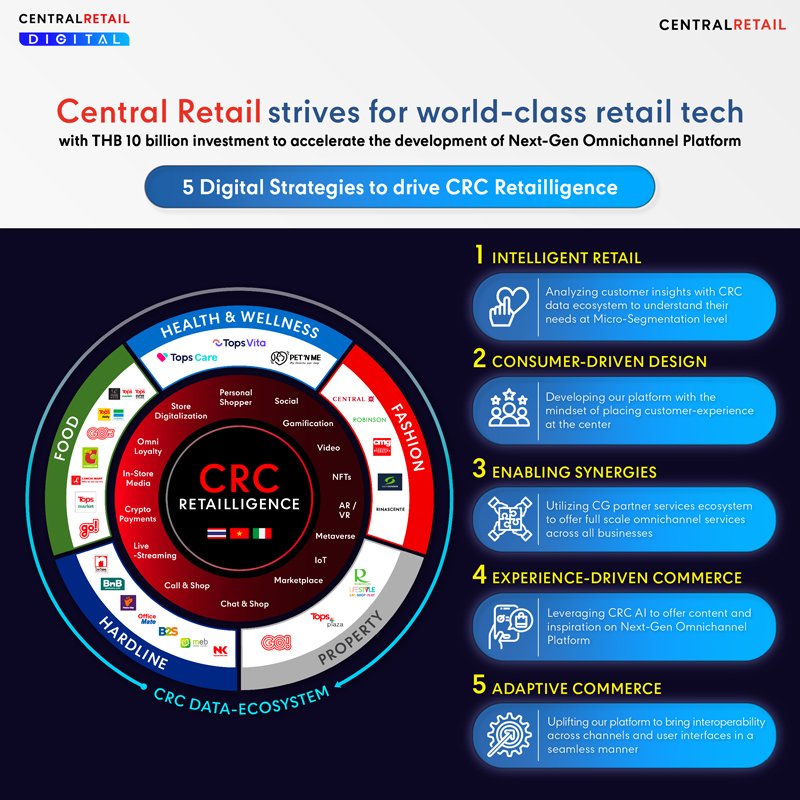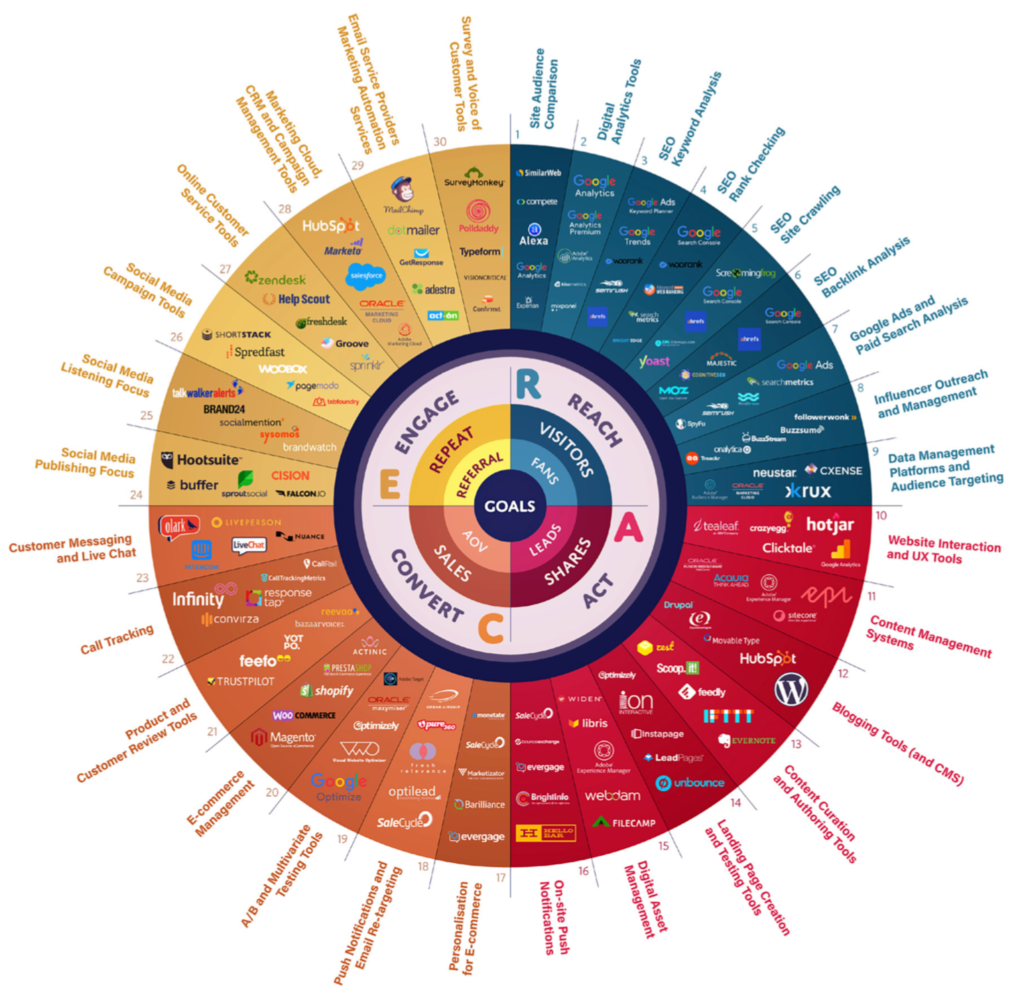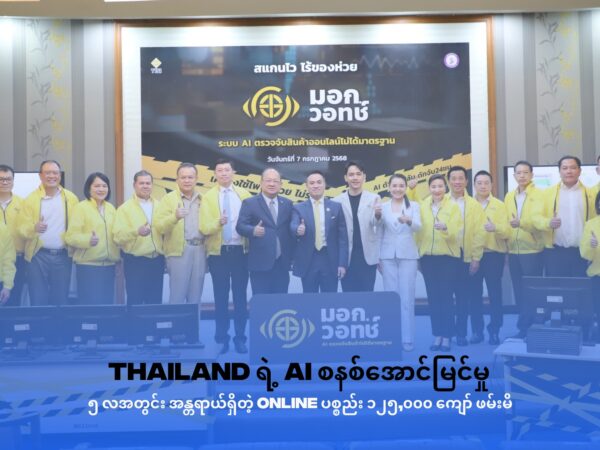In the ever-evolving world of media and advertising, Thailand is a unique landscape where traditional values meet modern technology. As brands and businesses aim to reach digitally savvy consumers, the integration of MarTech (Marketing Technology) is reshaping the way advertisements are created and delivered. From personalized content to data-driven decision-making, MarTech tools are enabling Thai advertisers to cater to the needs and preferences of their diverse audiences.
In this post, we’ll explore how modern technology is transforming Thai digital media and advertising, the role of cultural sensitivity in MarTech-powered campaigns, and what international brands can learn when navigating the Thai market.
1. The Evolution of Thai Digital Media through Technology
Thai media has undergone rapid digital transformation in recent years, primarily due to the rise of social media platforms and smartphone usage. According to Hootsuite, Thailand ranks among the top countries in Southeast Asia for social media usage, with over 55 million active users across platforms like Facebook, Instagram, YouTube, and LINE. This widespread connectivity has opened doors for brands to engage with consumers on a personal level, and MarTech has been a crucial driver of this change.
MarTech tools allow brands to deliver data-driven, targeted advertisements, ensuring that the right message reaches the right audience. In a media landscape dominated by digital consumption, advertisers can no longer rely solely on traditional TV or print media; they must leverage tools like programmatic advertising, social listening platforms, and customer data platforms (CDPs) to create campaigns that are both relevant and impactful.
2. Personalization: The Key to Success in Thai Advertising
One of the most significant shifts in Thai advertising is the rise of personalized content. With the help of customer relationship management (CRM) systems and AI-driven analytics, brands can analyze user data to craft hyper-targeted marketing campaigns. These tools help brands segment their audience based on age, location, online behavior, and purchasing patterns, ensuring that every ad feels personal to the viewer.

Take, for example, the beauty industry in Thailand. Beauty brands such as Srichand and Oriental Princess have embraced MarTech to create personalized experiences for their customers. Through targeted ads on social media and email campaigns tailored to individual preferences, these brands can reach consumers with offers, tutorials, and promotions that are specifically relevant to them.
Case Study: A Thai skincare brand recently implemented a personalized email marketing campaign powered by a CRM system. The campaign segmented audiences based on their previous purchases and browsing habits, leading to a significant increase in engagement rates and a 20% boost in sales.
3. The Role of Cultural Sensitivity in MarTech-Driven Campaigns
While MarTech allows for precision targeting and efficient automation, one essential factor that international brands must remember is cultural sensitivity. Thailand is a country rich in tradition, where respect for cultural values and practices is of utmost importance. For international brands entering the Thai market, it’s crucial to ensure that their messaging aligns with local customs and traditions.
MarTech tools can help brands avoid cultural faux pas by offering social listening and sentiment analysis features, which monitor how audiences respond to content in real-time. This helps brands adjust their strategies to be more culturally aware. For instance, during Songkran, Thailand’s New Year festival, many brands create culturally relevant ads that reflect the festive mood, while still promoting their products in a respectful manner.
Example: International brands like Coca-Cola have successfully used MarTech to create culturally sensitive campaigns in Thailand. During Songkran, Coca-Cola launched a campaign that encouraged safe water play and promoted family bonding, which resonated deeply with Thai audiences, aligning with both cultural and seasonal sentiment.
4. The Integration of AI and Machine Learning in Thai Advertising
AI and machine learning are playing a transformative role in how Thai brands approach digital advertising. These technologies allow for the automation of ad buying through programmatic advertising, where AI-driven algorithms determine the best times, platforms, and audiences for each ad in real-time.
AI is also used for predictive analytics, helping brands forecast consumer behavior and adjust campaigns accordingly. For instance, a Thai e-commerce brand may use machine learning algorithms to predict which products are likely to sell well based on past shopping behaviors, then adjust its advertising strategy to promote those products more aggressively.

Case Study: One leading Thai retailer, Central Group, adopted AI-powered ad buying for its online platform. By analyzing vast amounts of customer data, the retailer was able to increase ad engagement and lower costs per acquisition (CPA) by automatically adjusting the ads based on user behavior.
5. The Future of MarTech in Thai Advertising
The integration of MarTech into Thai digital advertising is still in its early stages, but its impact is already undeniable. As consumers become more reliant on mobile devices and digital platforms, brands must continue to innovate by adopting new technologies. This means deeper integration of MarTech stacks, with tools like marketing automation, AI-driven content creation, and predictive analytics becoming the norm.
As Thailand continues to grow as a digital economy, brands that embrace MarTech will be better positioned to create campaigns that are not only efficient and scalable but also culturally sensitive and deeply engaging.

MarTech has proven to be a game-changer in the world of Thai advertising, enabling brands to deliver personalized, data-driven campaigns that resonate with consumers. However, the key to success lies in balancing technological innovation with an understanding of Thai cultural values. International brands looking to enter the Thai market must ensure that their use of MarTech reflects both cultural sensitivity and effective communication.
Have you experienced the power of personalized advertising in Thailand? Share your thoughts and experiences in the comments below, and stay tuned for more insights on the Thai digital landscape with my blog.




